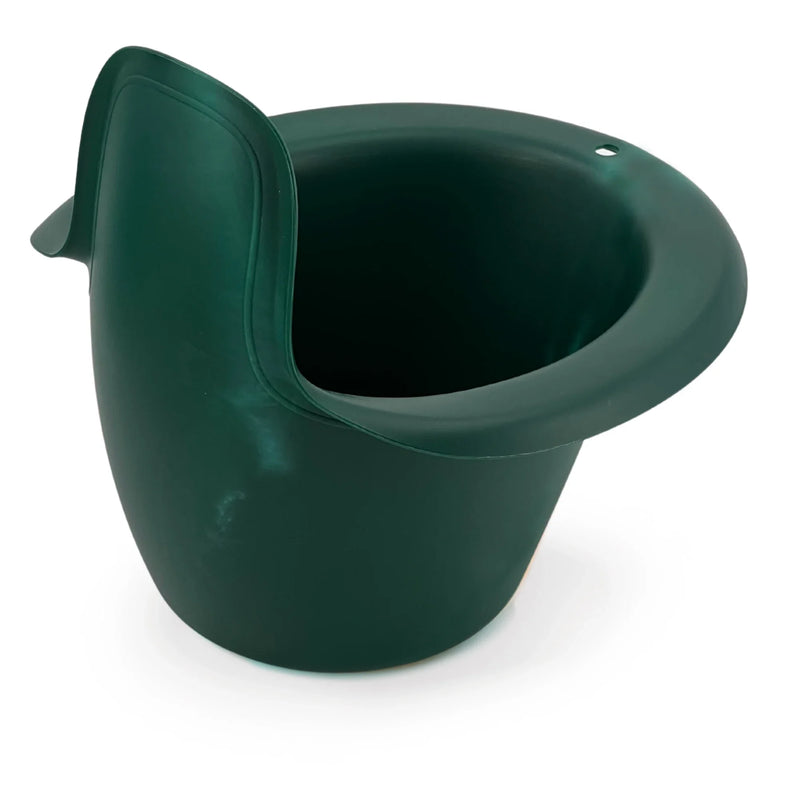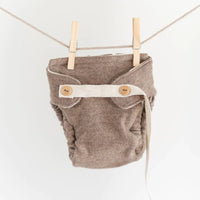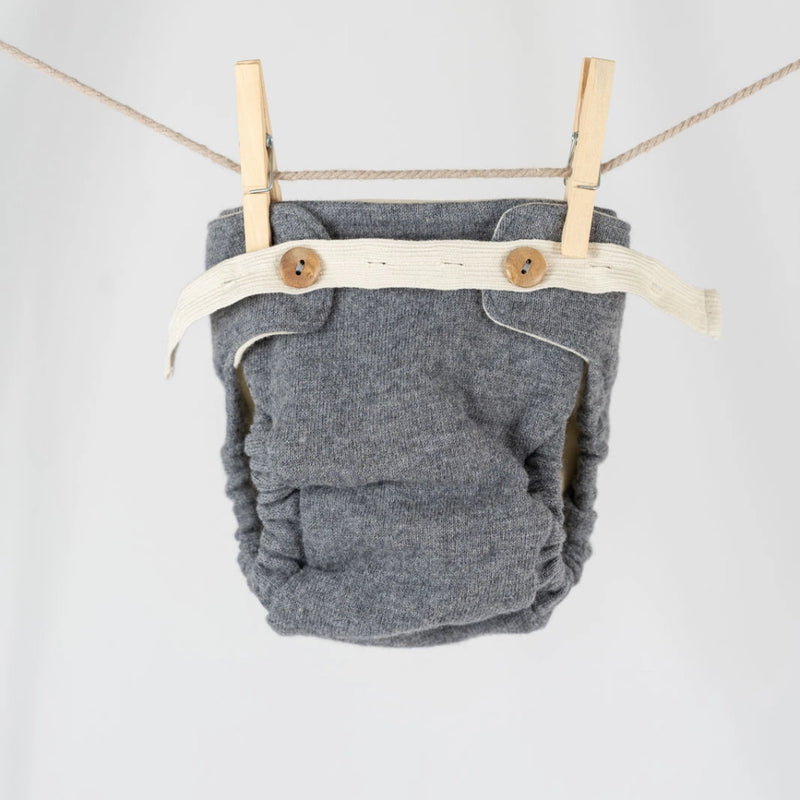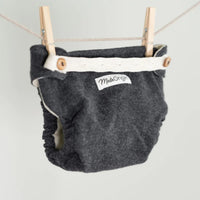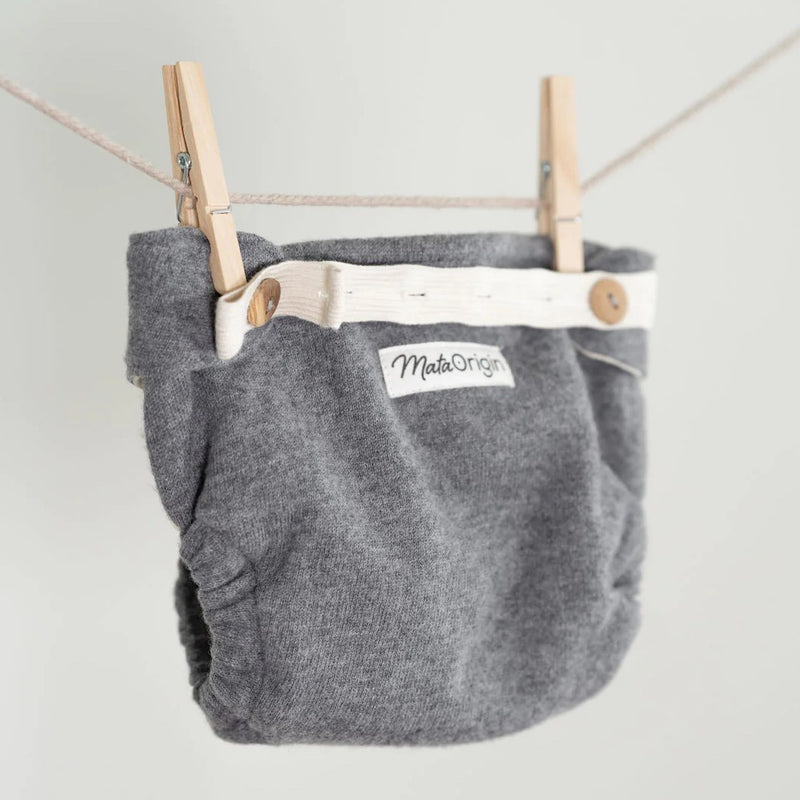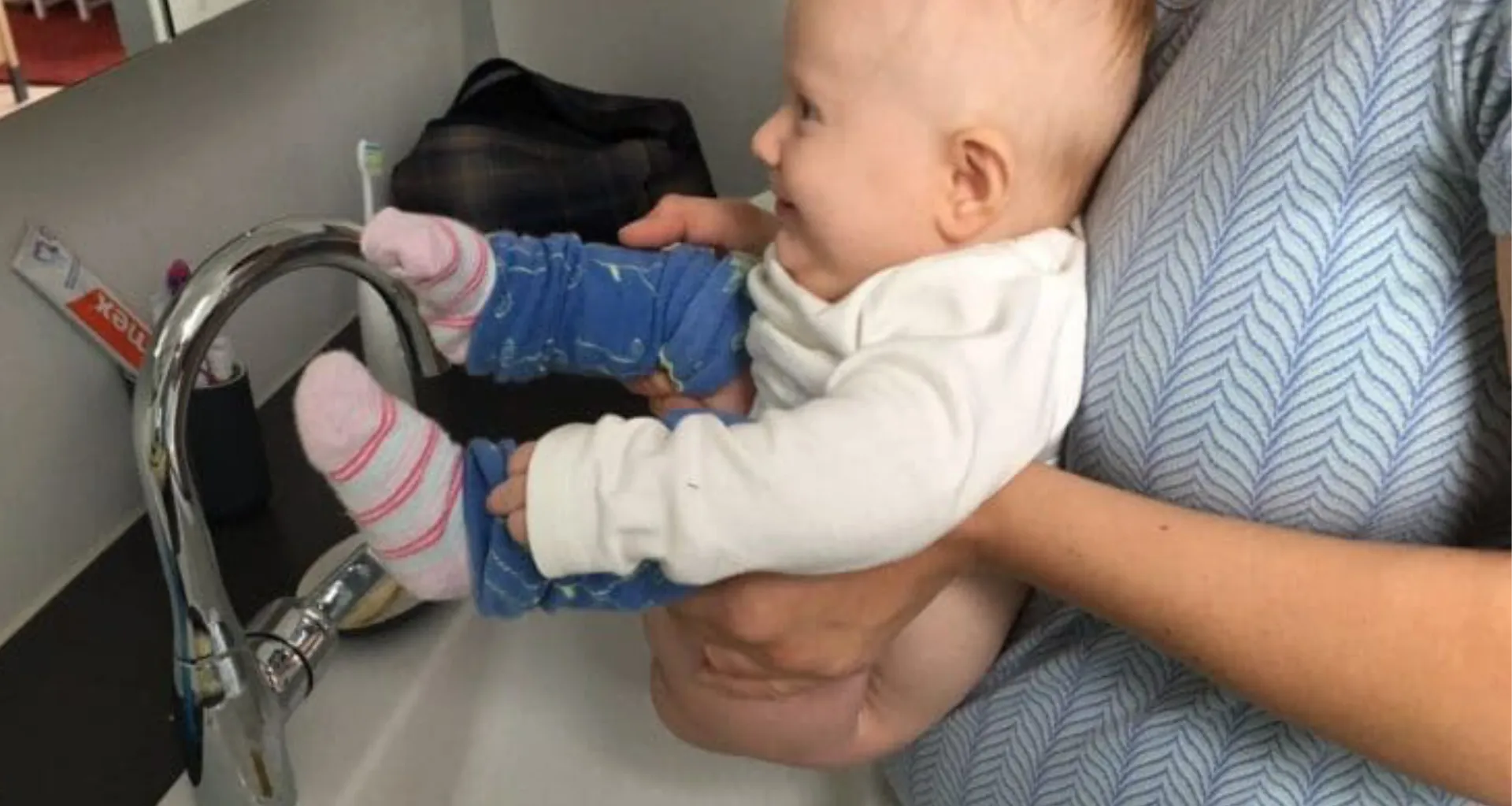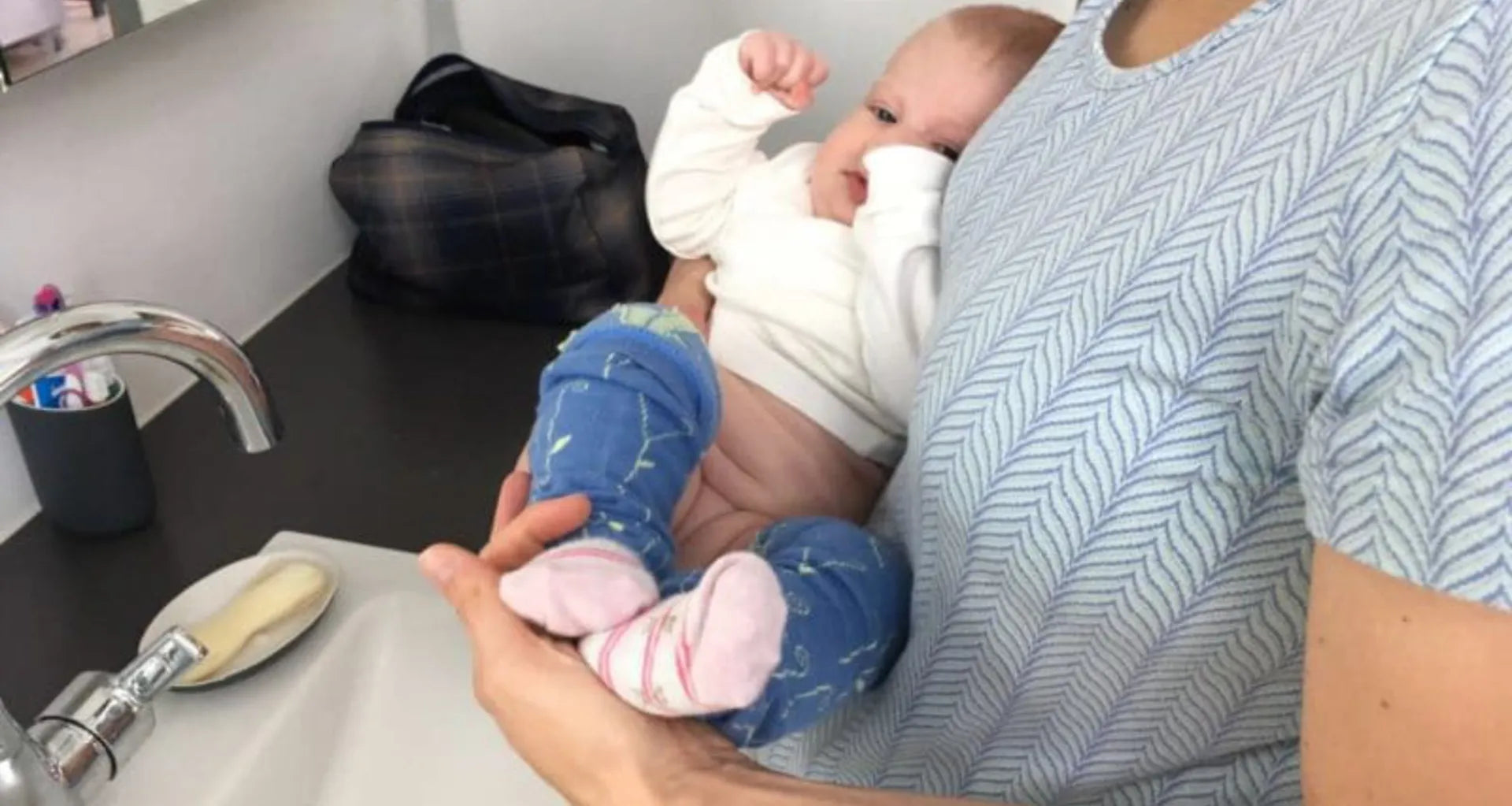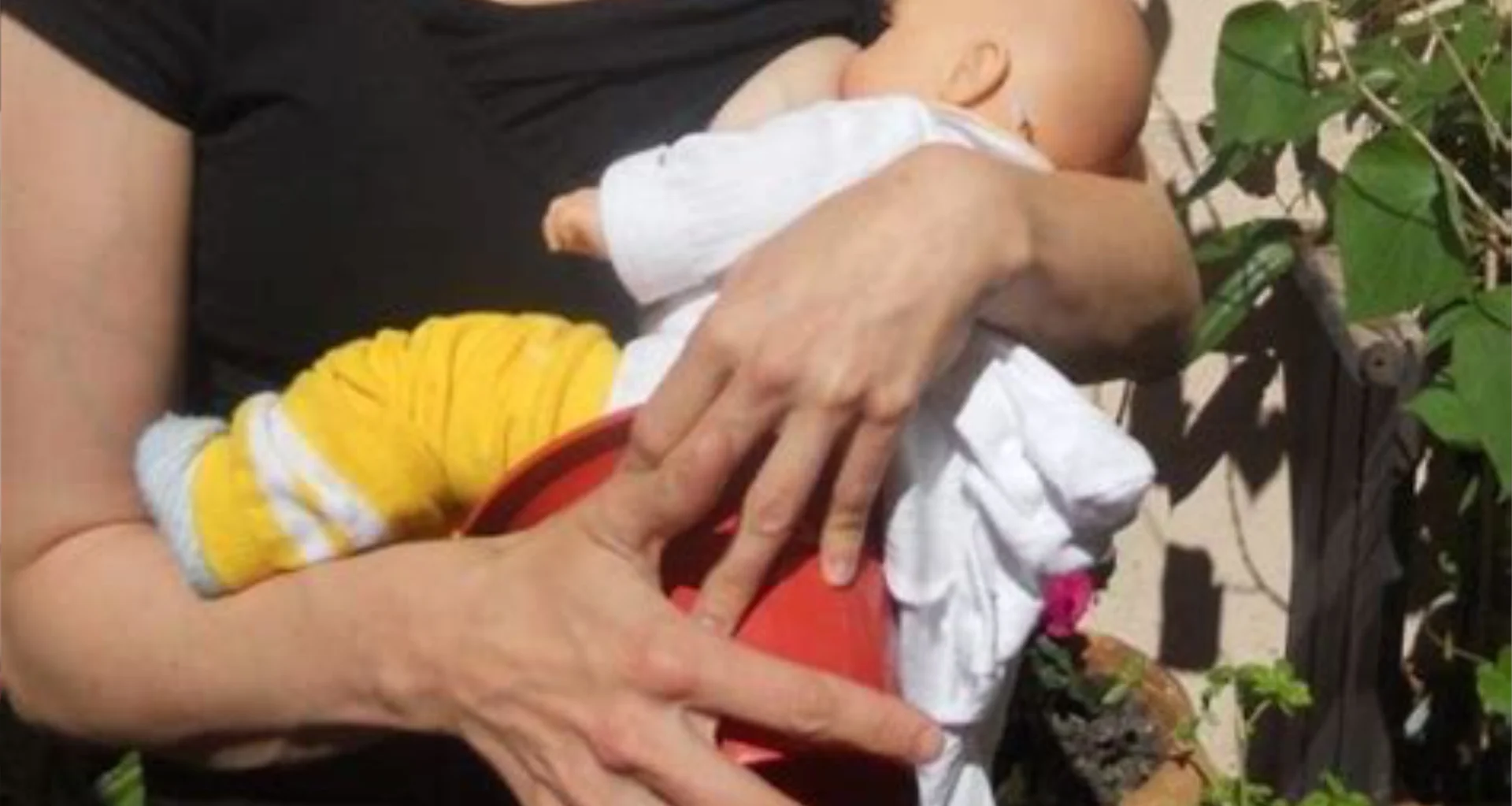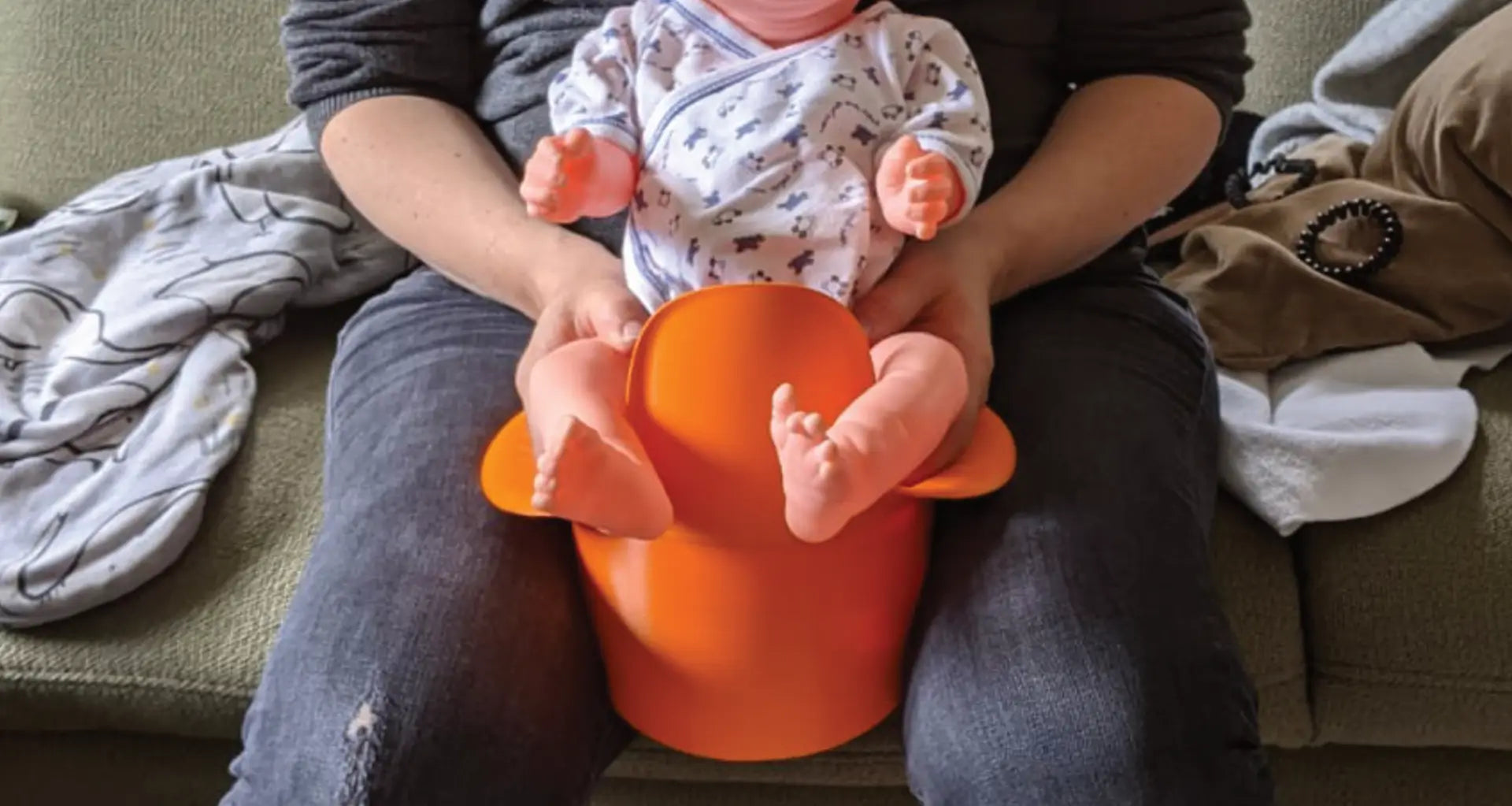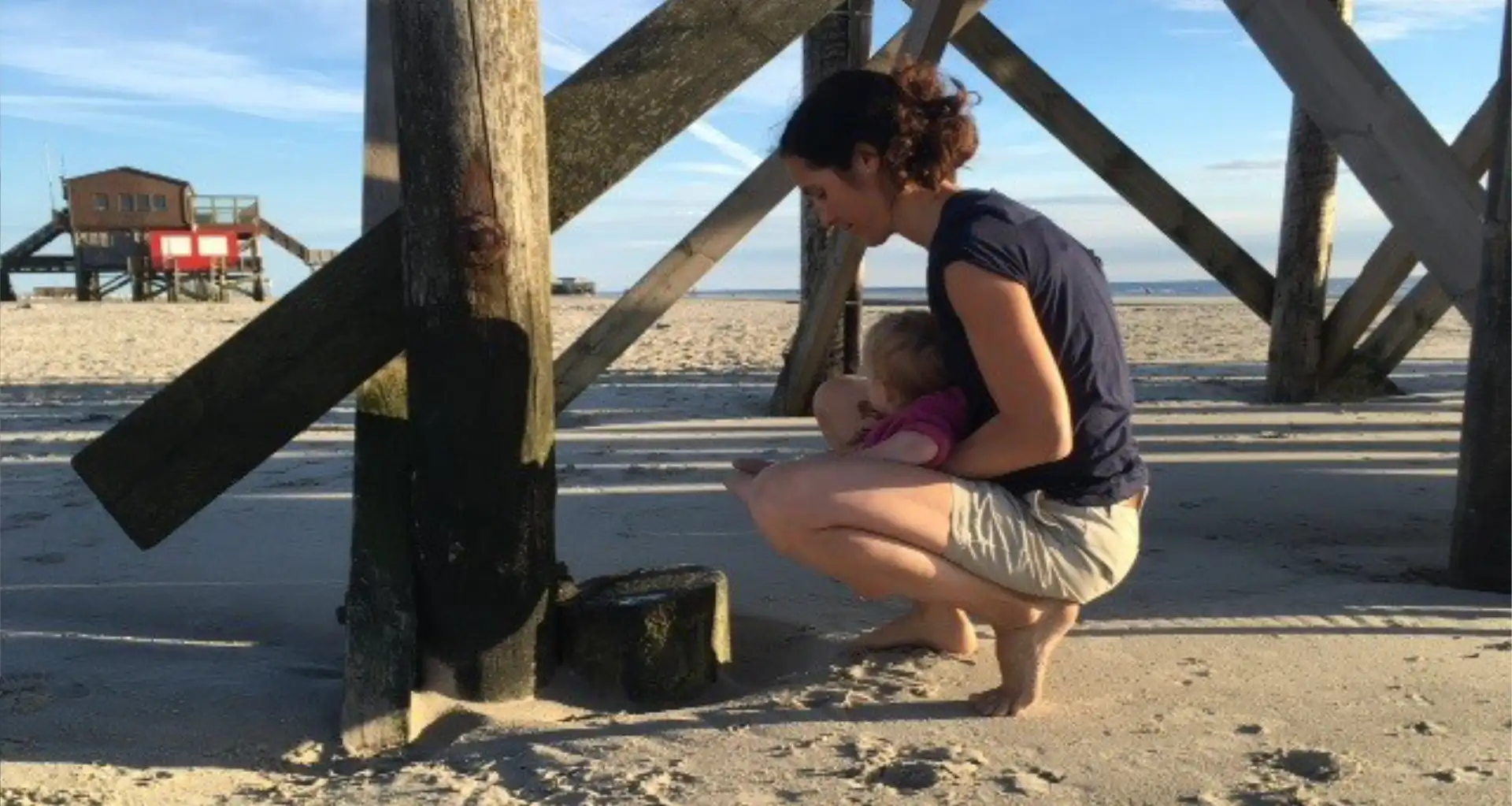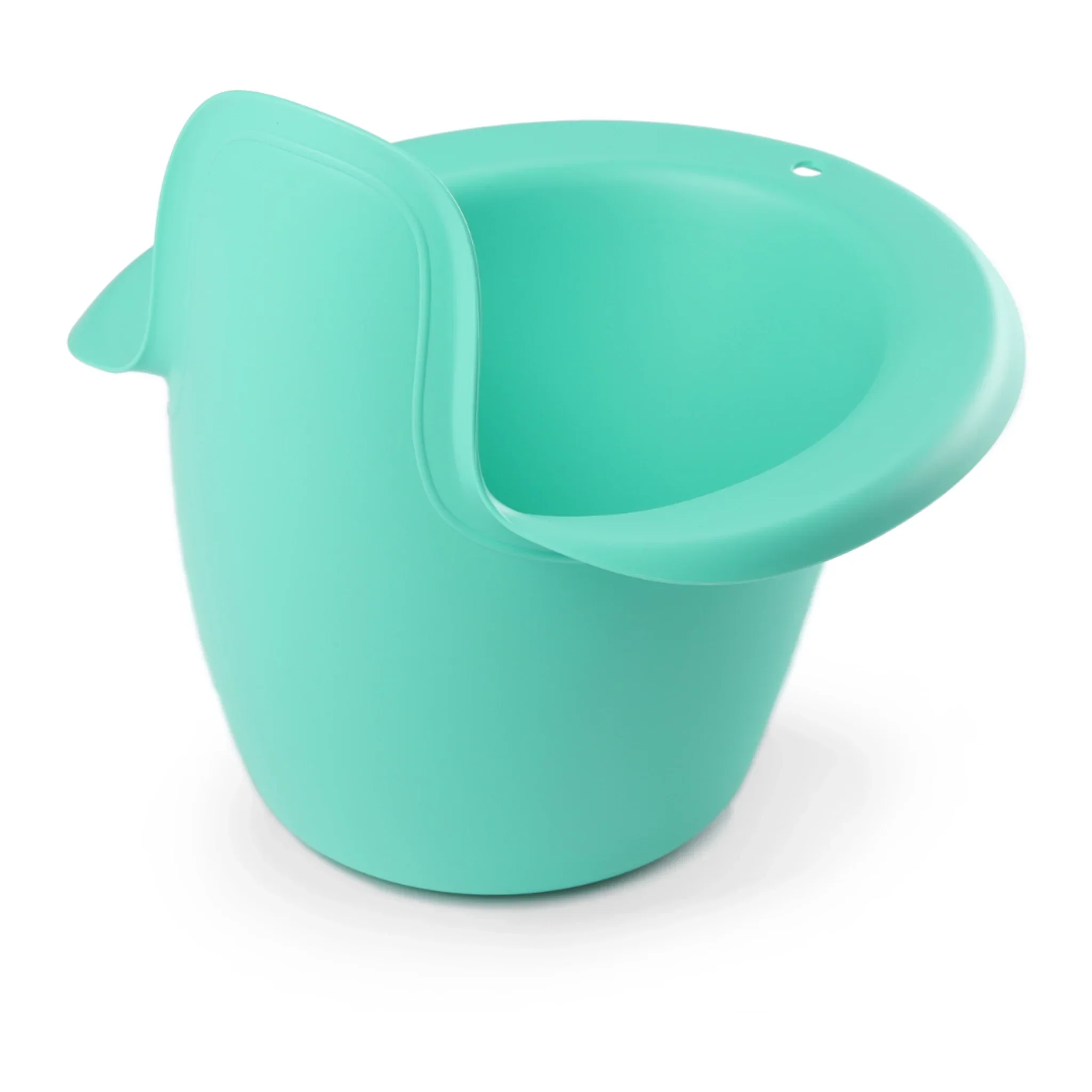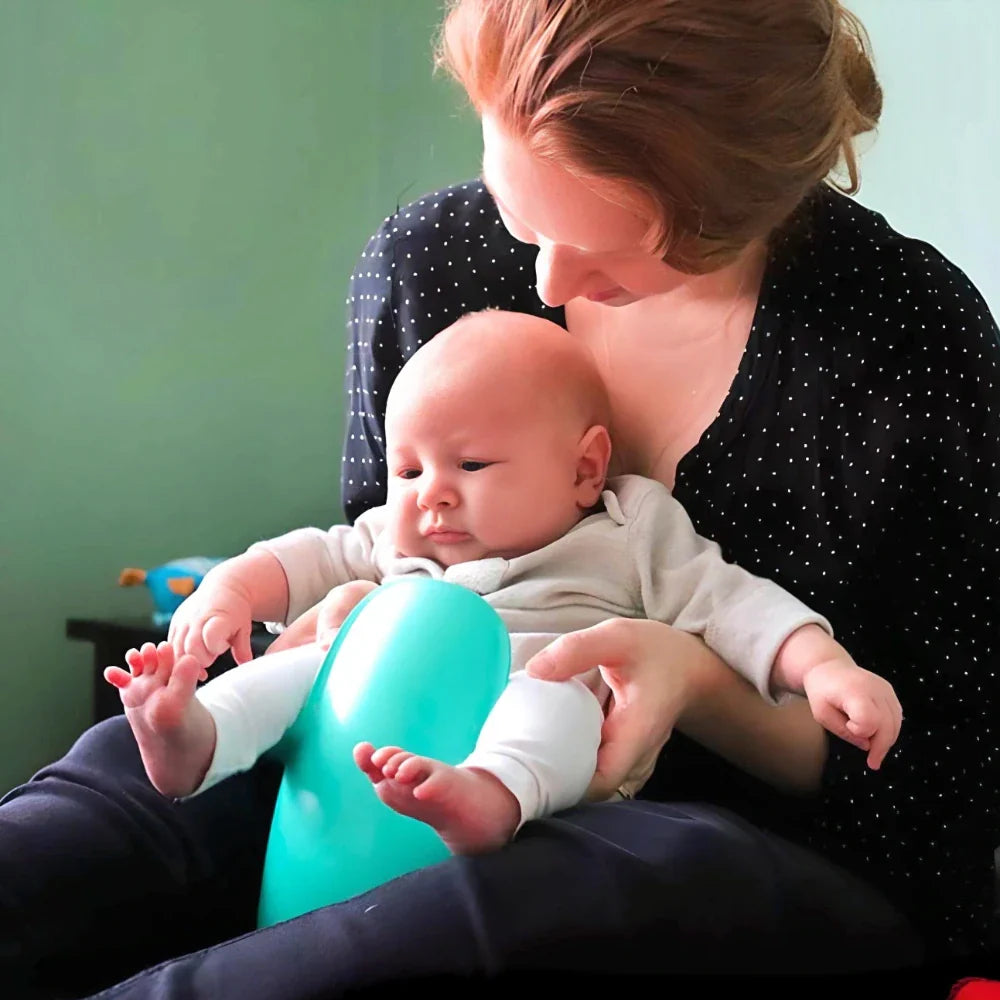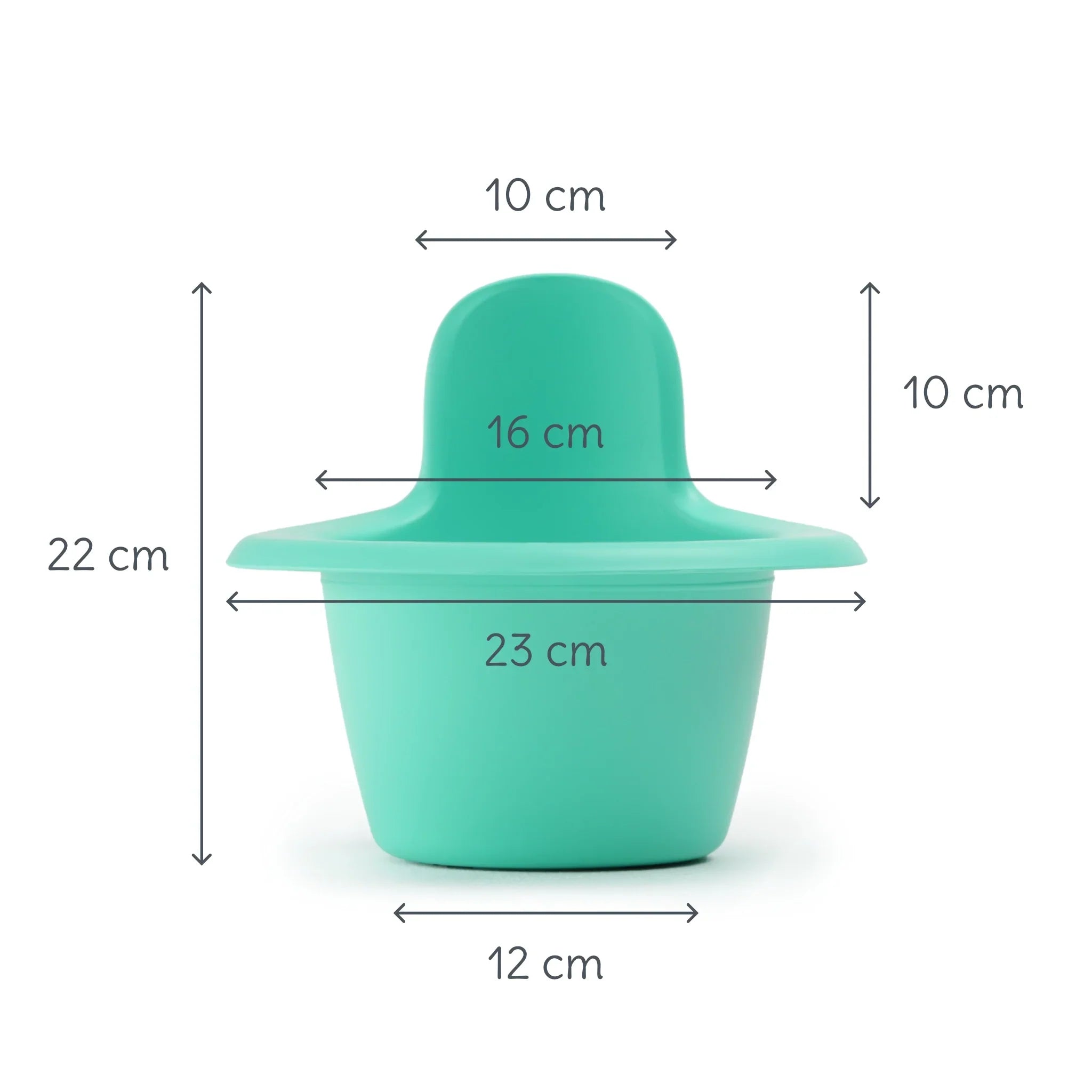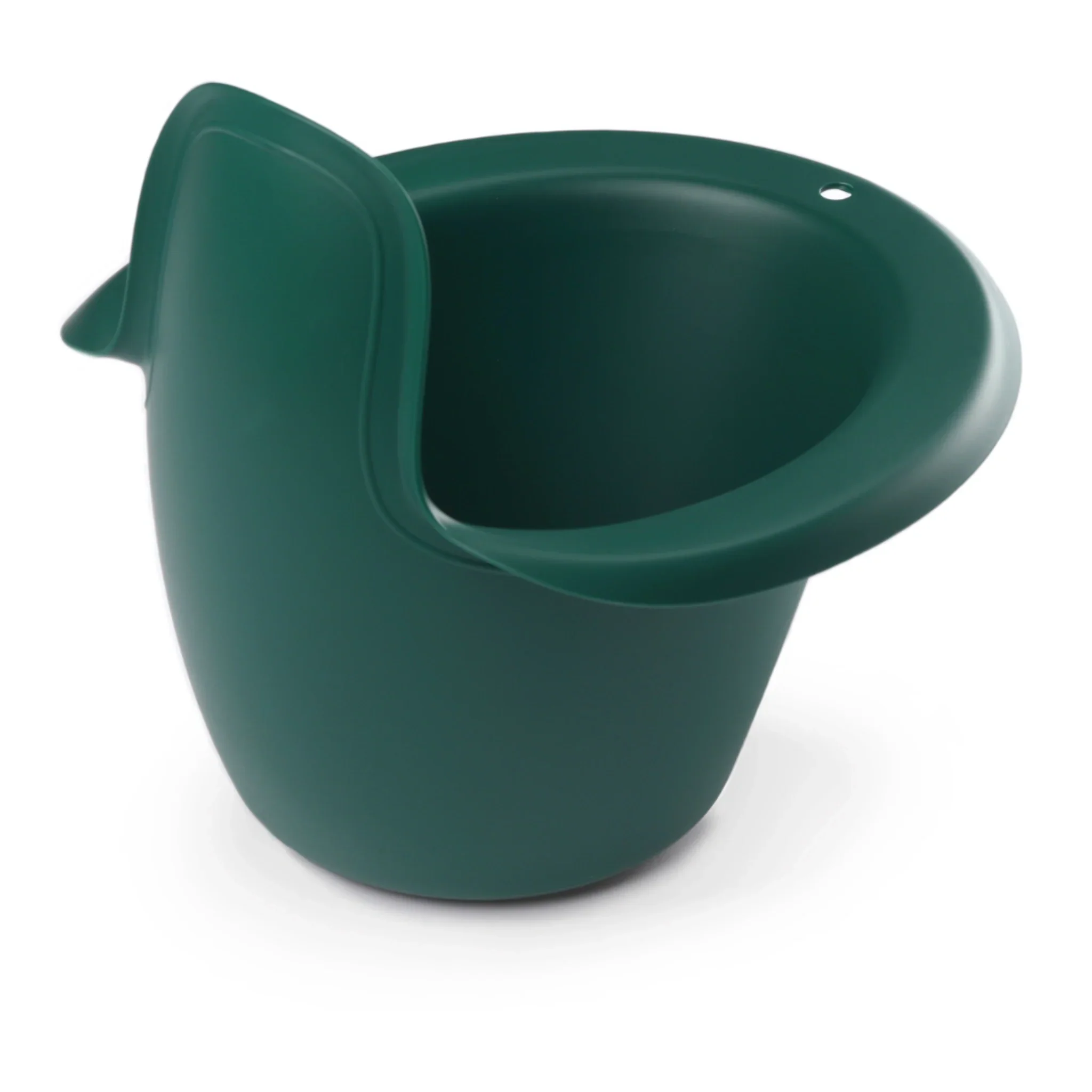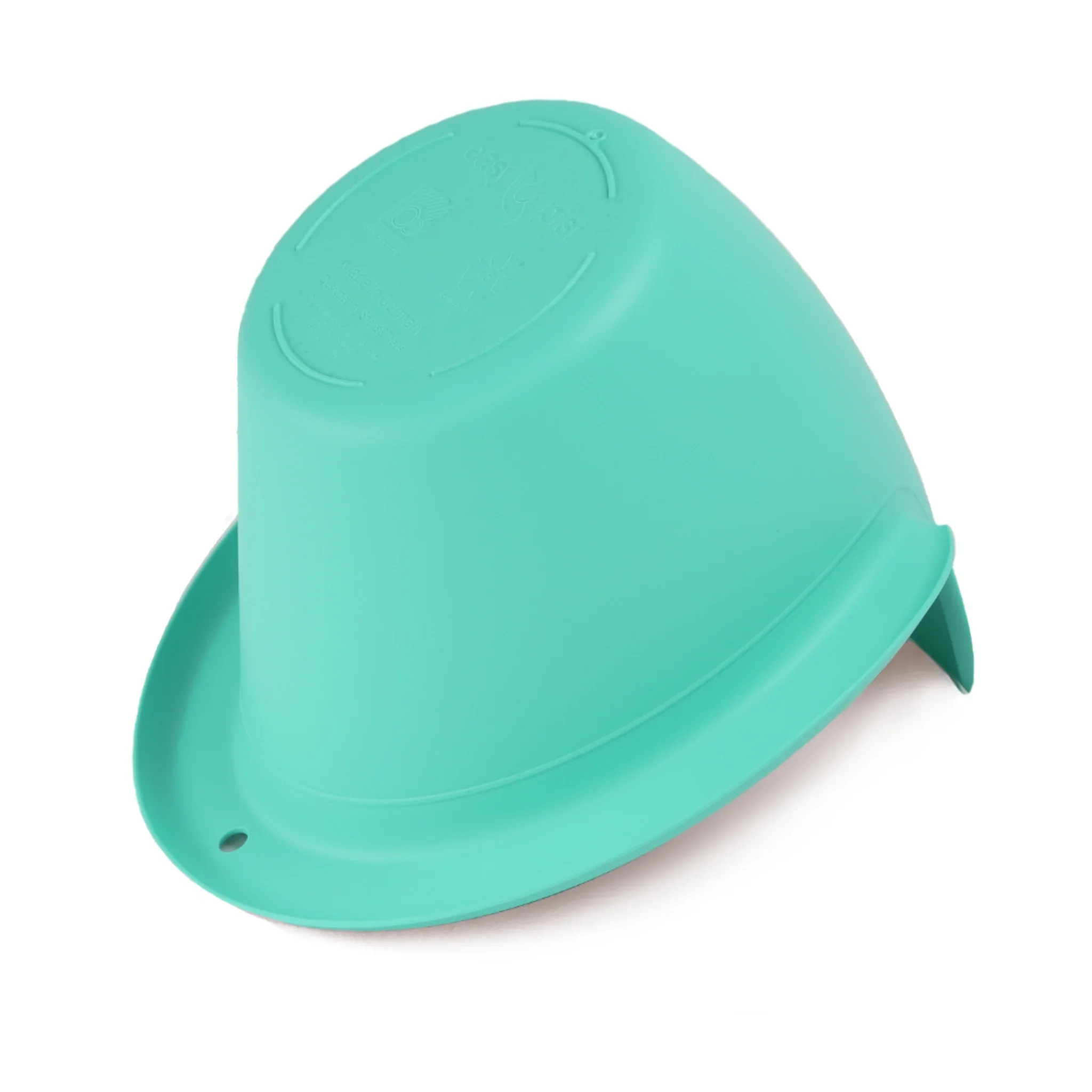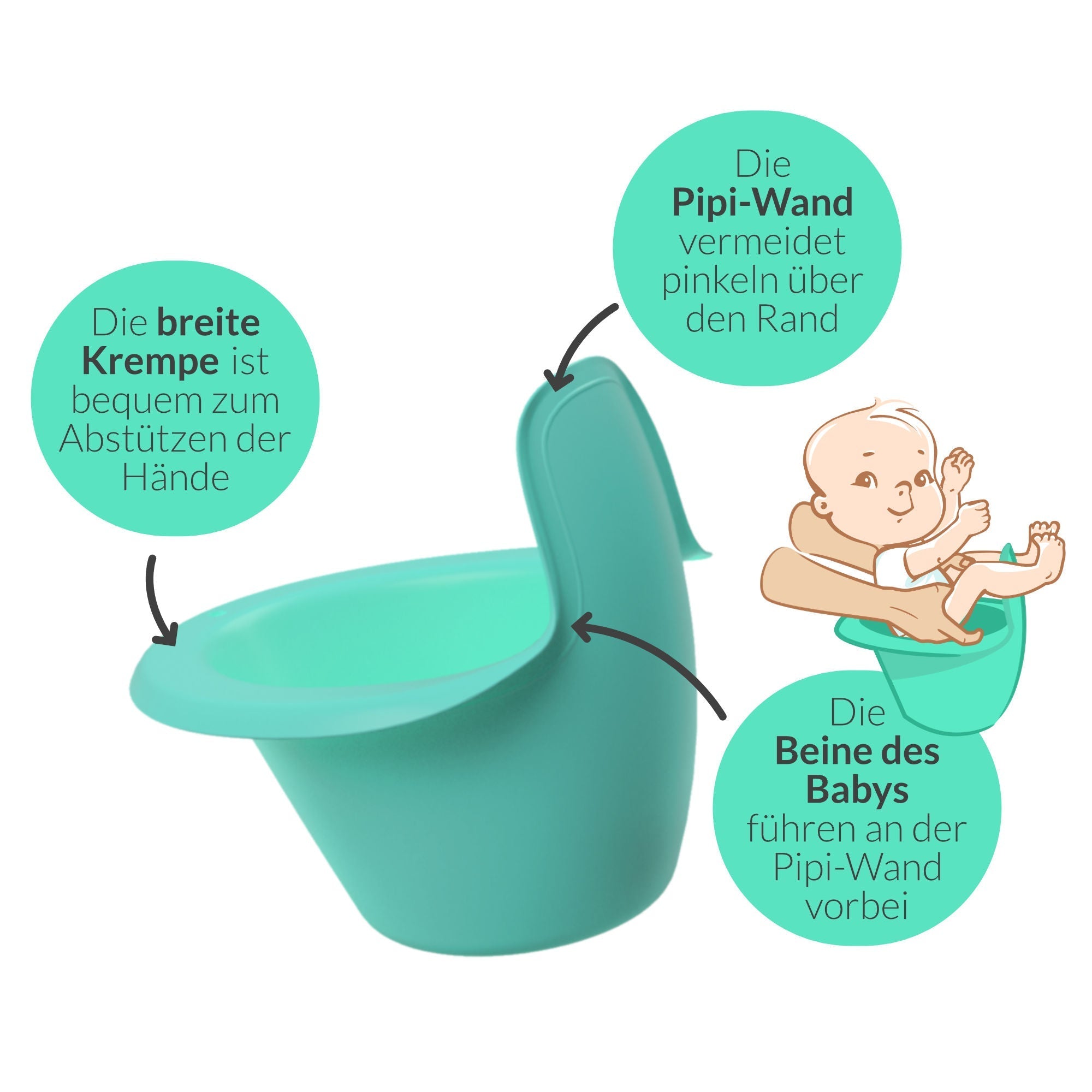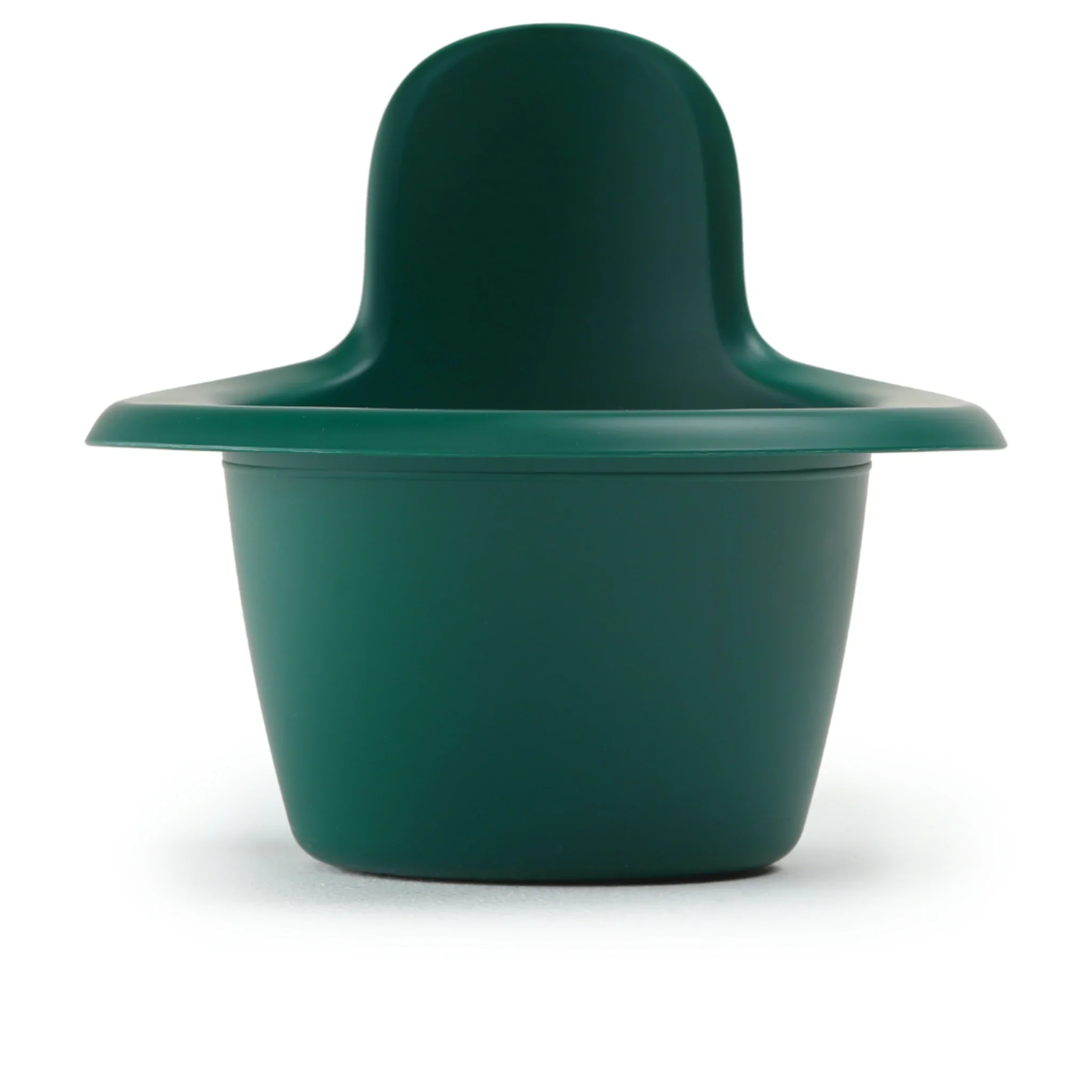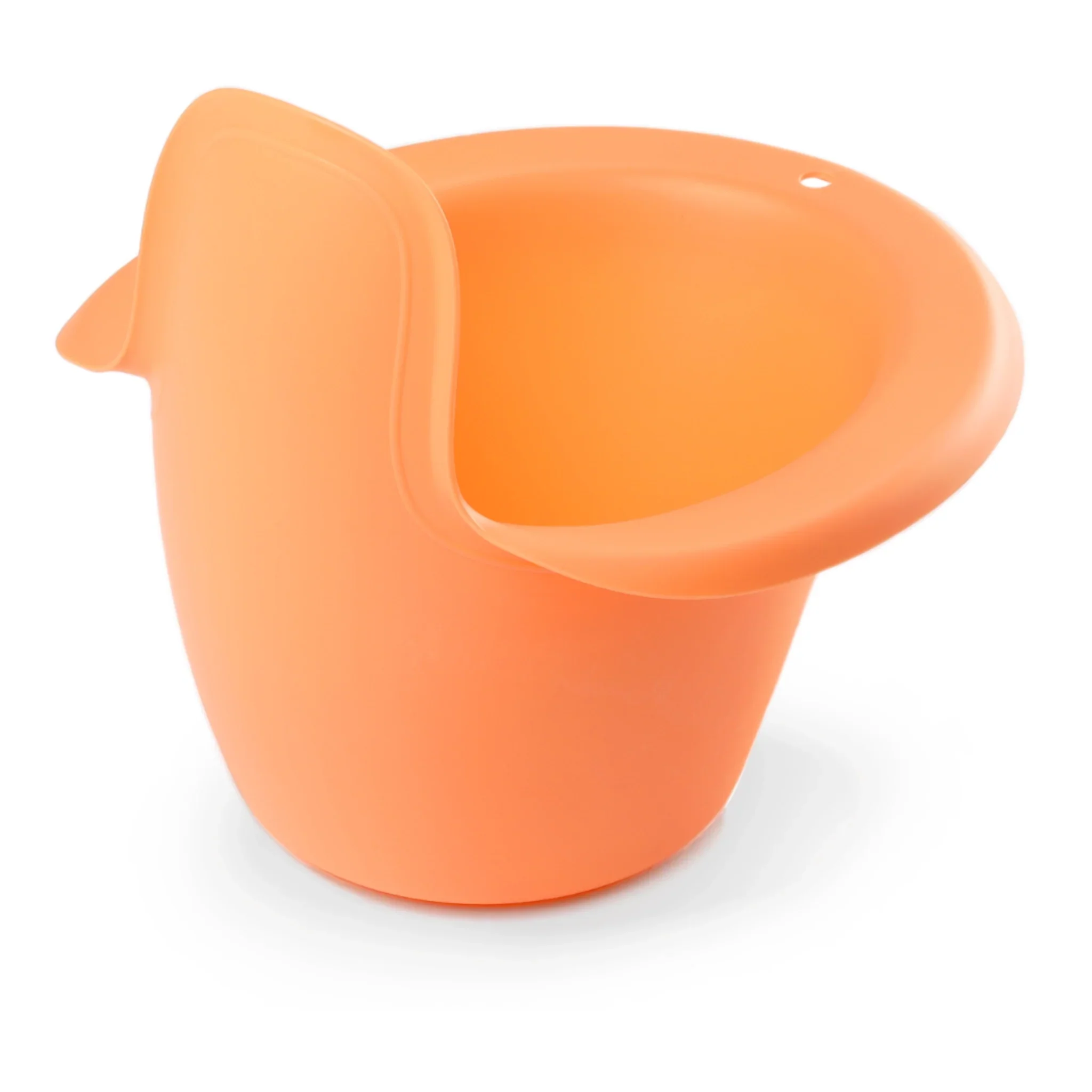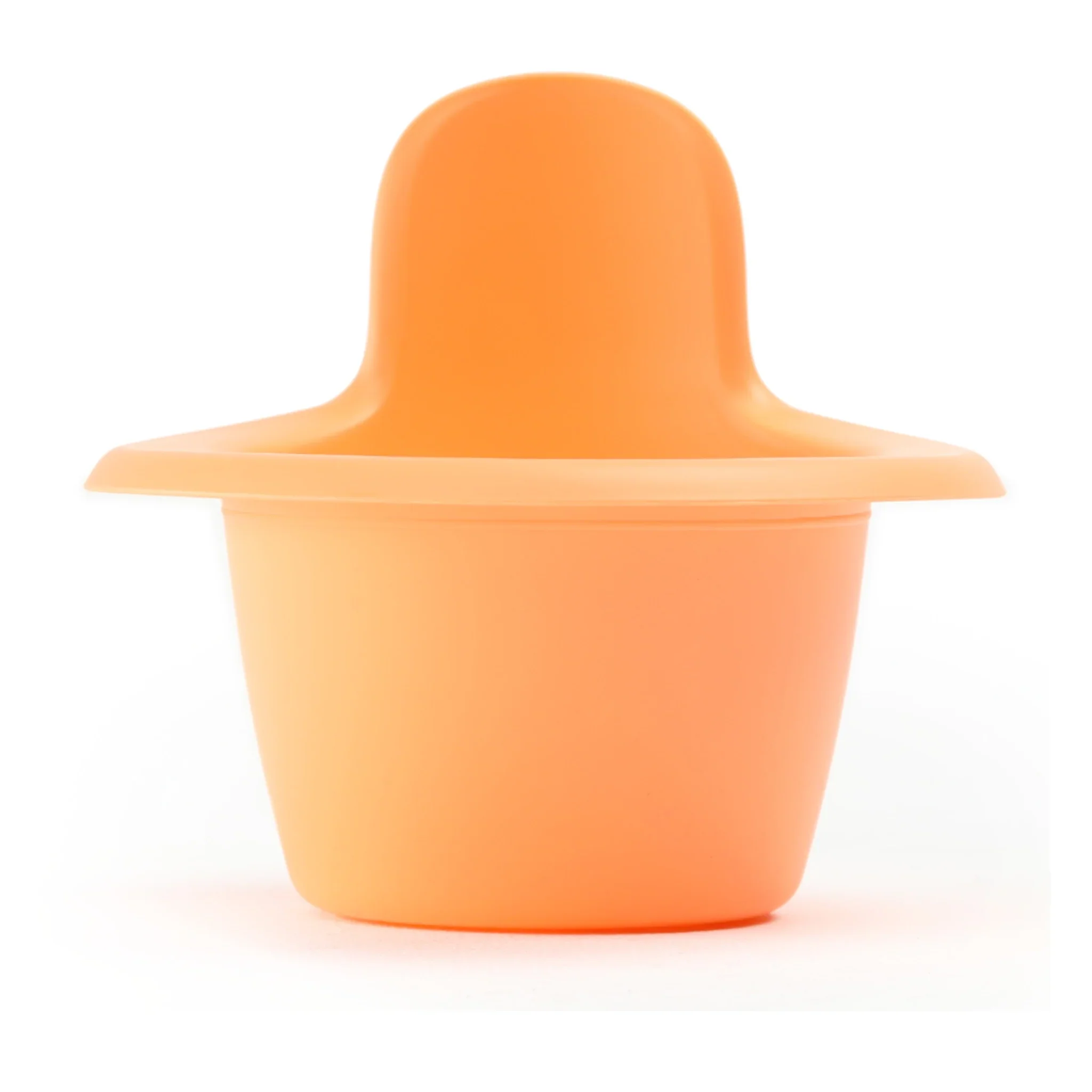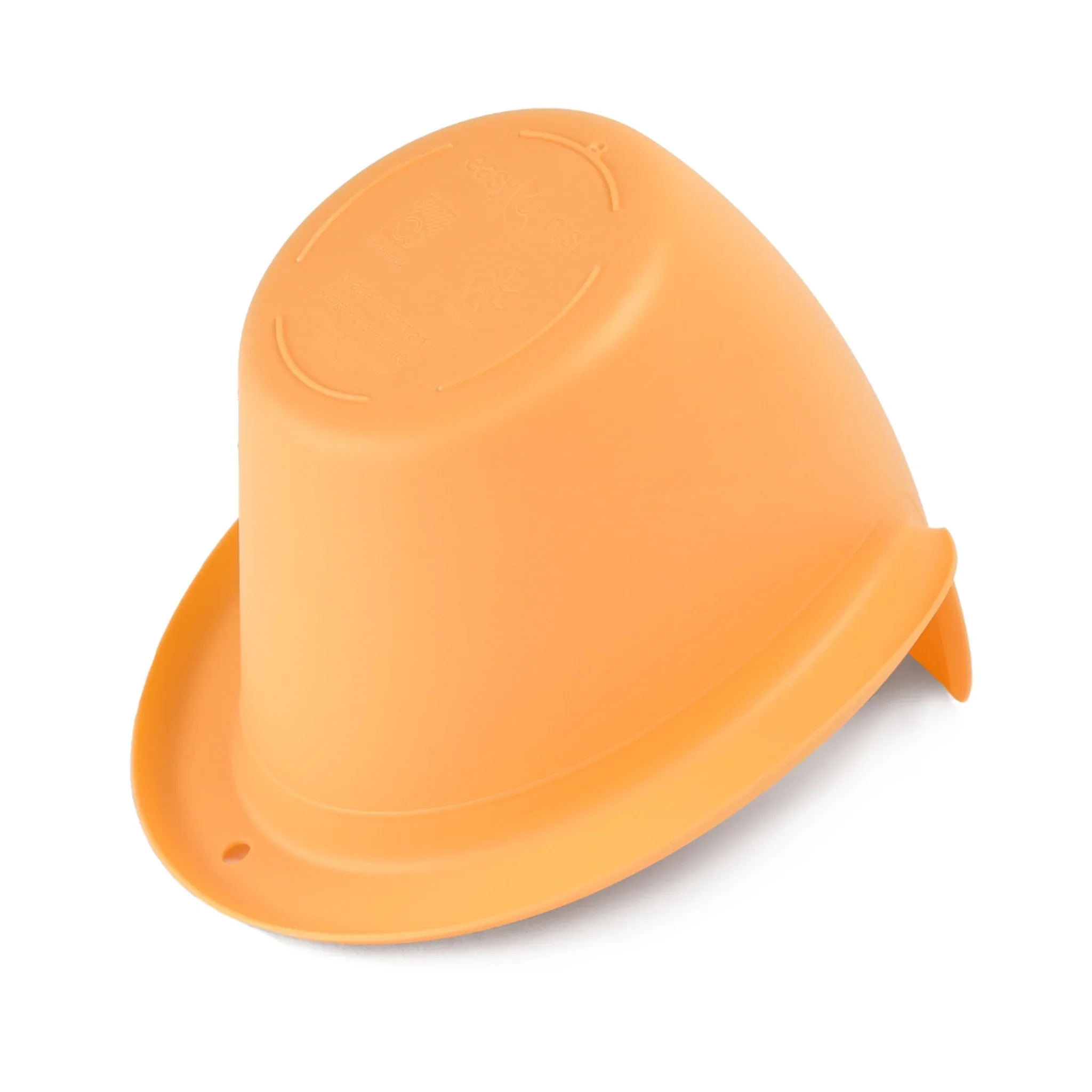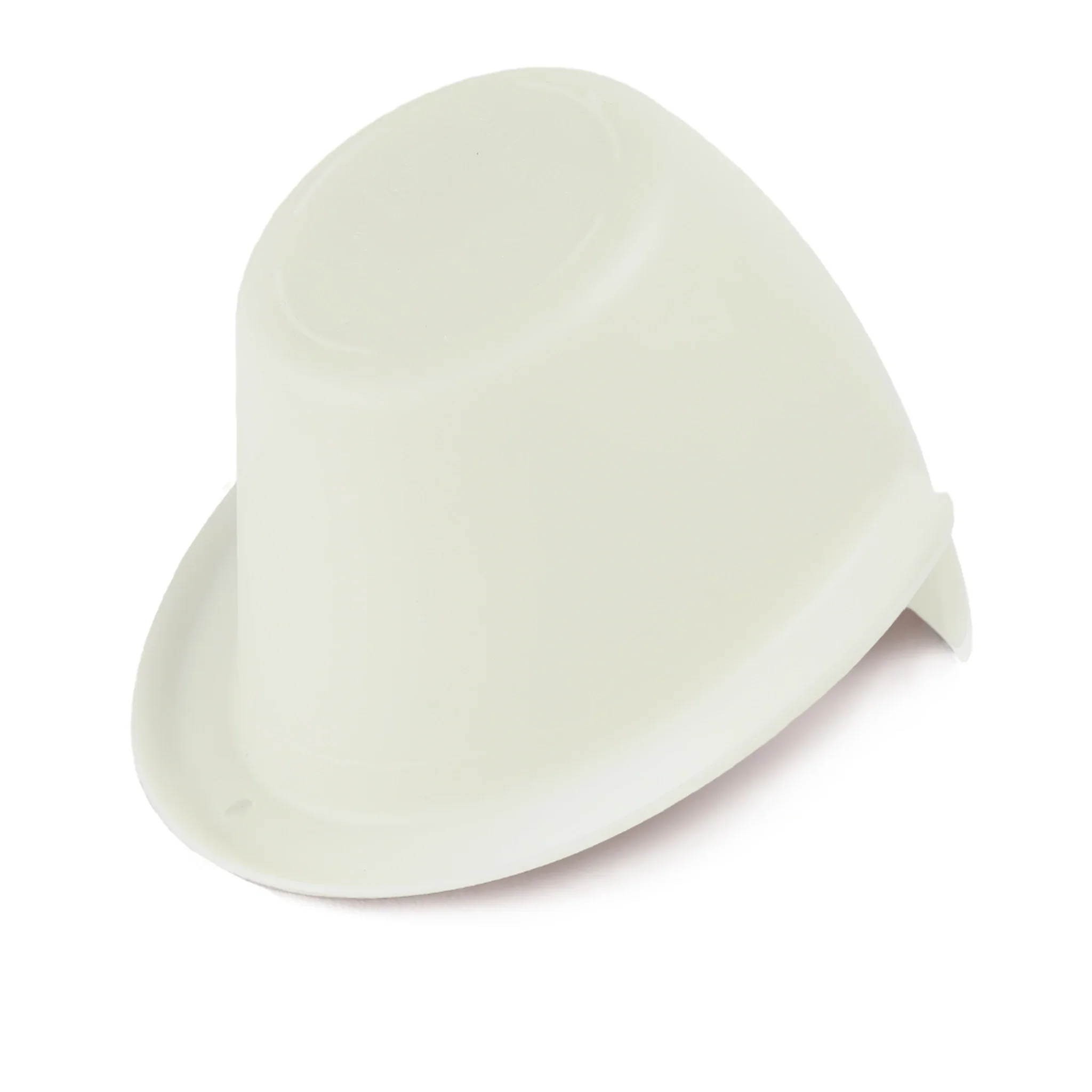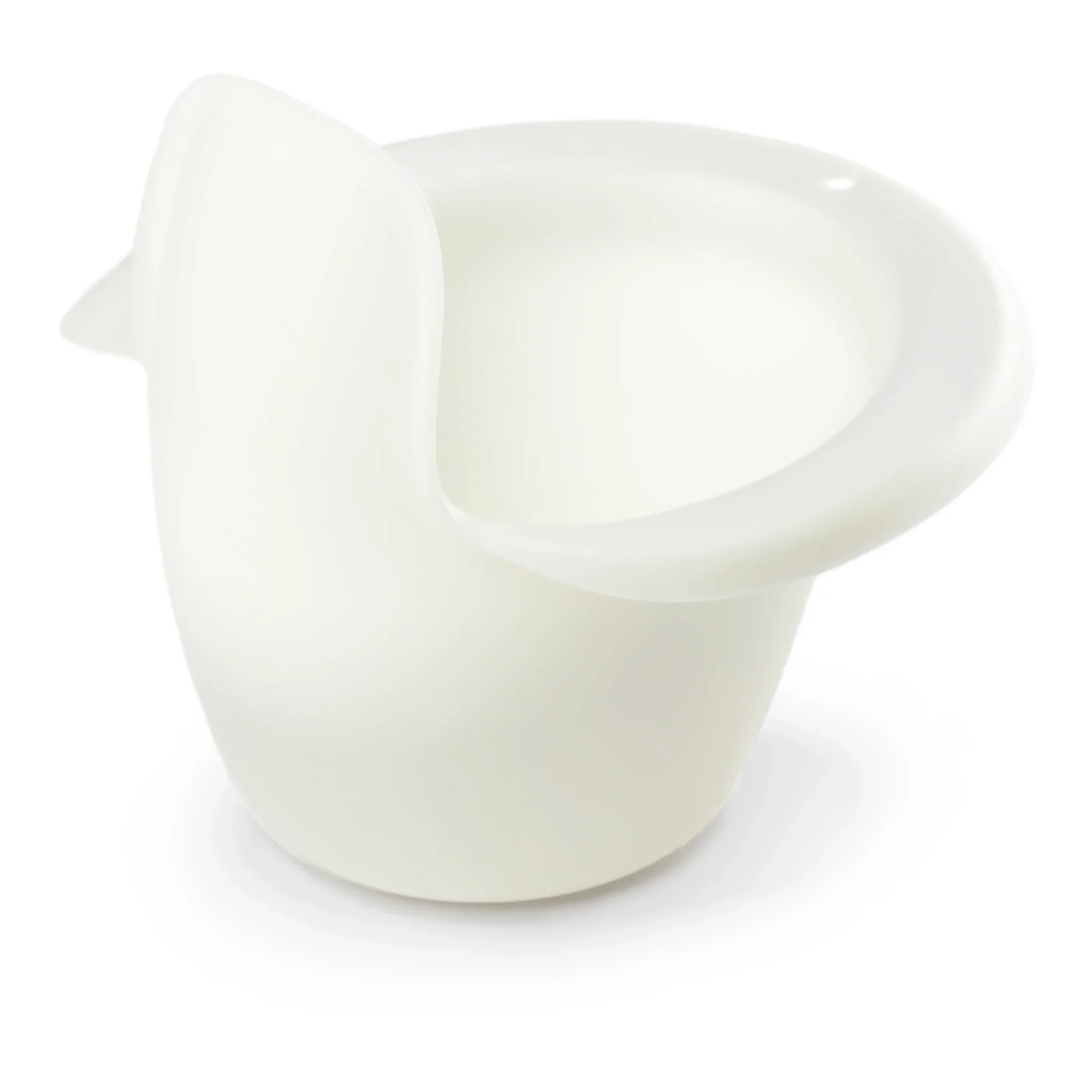From birth without diapers
EC - The alternative to diapers. How it works!
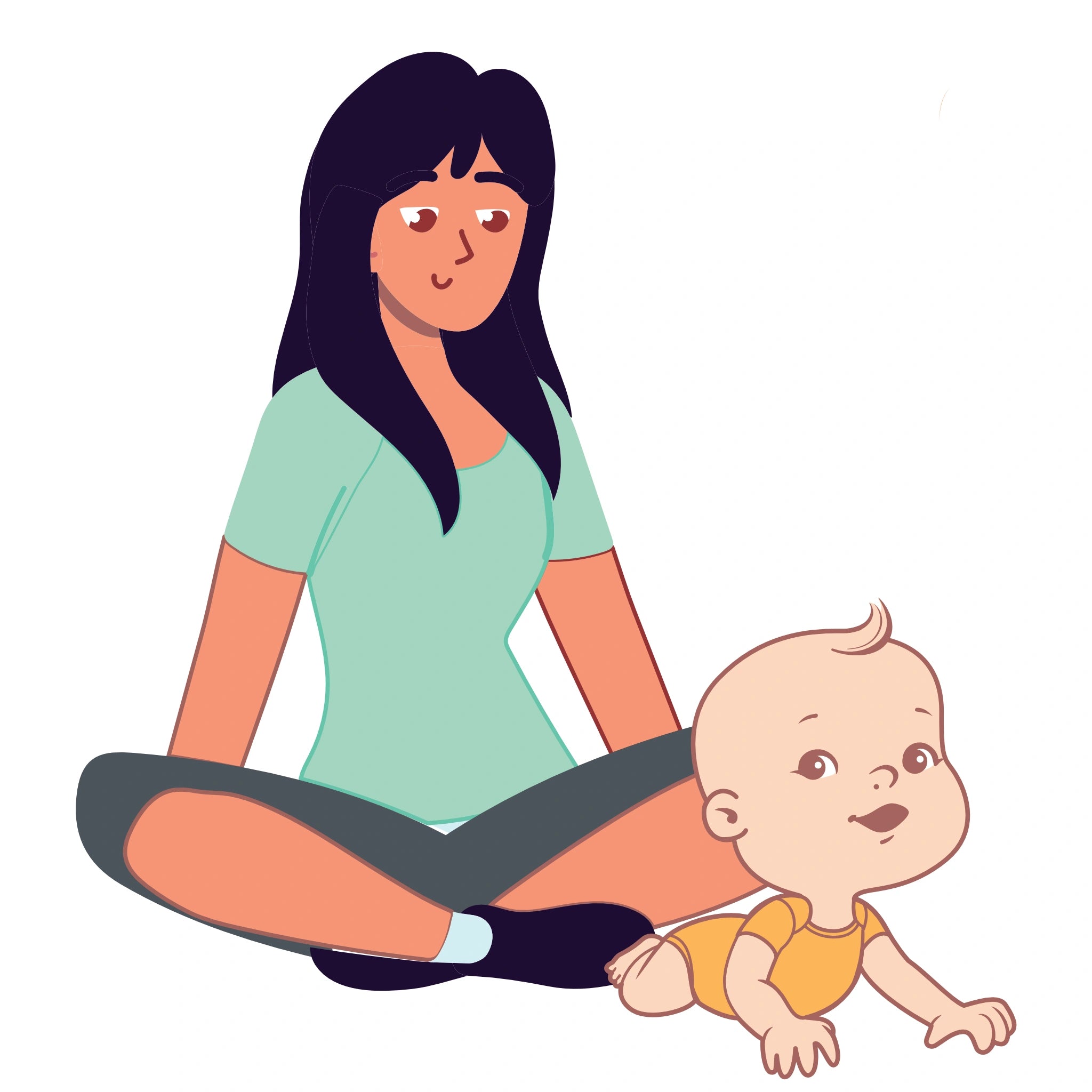
Step 1
Your baby's signals, knowledge of typical situations and your own intuition will help you to find a good time to EC.
Signals can be:
- kicking
- griping
- grimacing
- suddenly be quiet
Typical situations are:
- in the morning after waking up
- after the afternoon nap
- after carrying in a sling
- while breastfeeding
- before and after eating
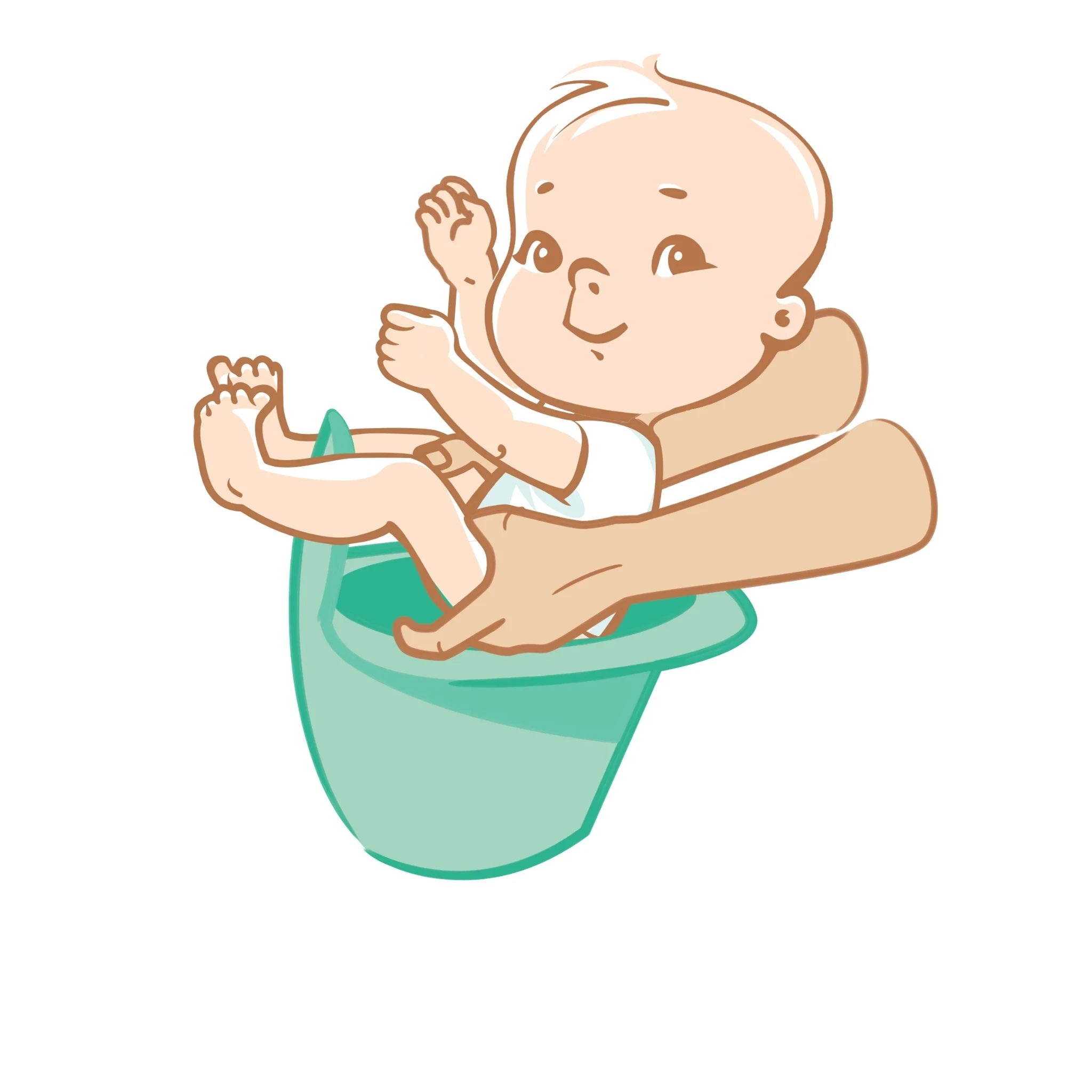
Step 2
Any other room in your apartment can be used to EC your baby. It doesn't always have to be the same place. In the beginning, the potty is a more important signal for "now I can do small and big" than a fixed place.
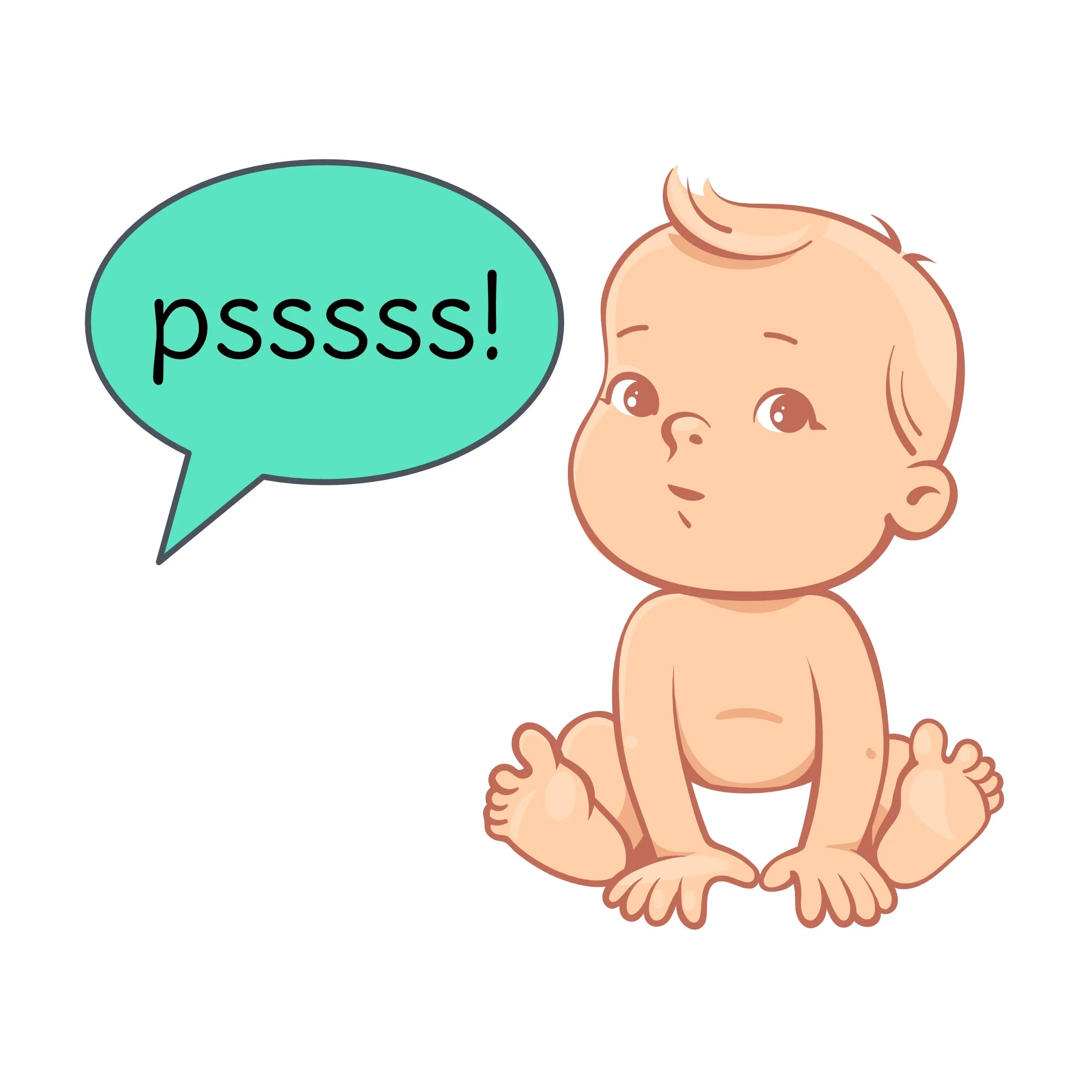
Step 3
Many parents use certain noises or tones for this, such as a "pfffffffff" or "ssssssssssccchhhhhhhhhhh". It should always be the same sound so that your baby associates it with his excretion.
The 5 most important EC positions
Important for all positions: The baby's head and back must be well supported, preferably with your own body.
A look back
Where does Elimination Communication come from?
It is not a given that babies always wet their diapers. Babies have a natural need for cleanliness and with a little practice, parents can use certain signals to tell when their child needs to be.
Instead of getting the kids used to just letting it go, you can try to EC it soon after birth.
This means you simply hold the baby over a container and catch the excretions there. That's why EC-ing is also called elimination communication.
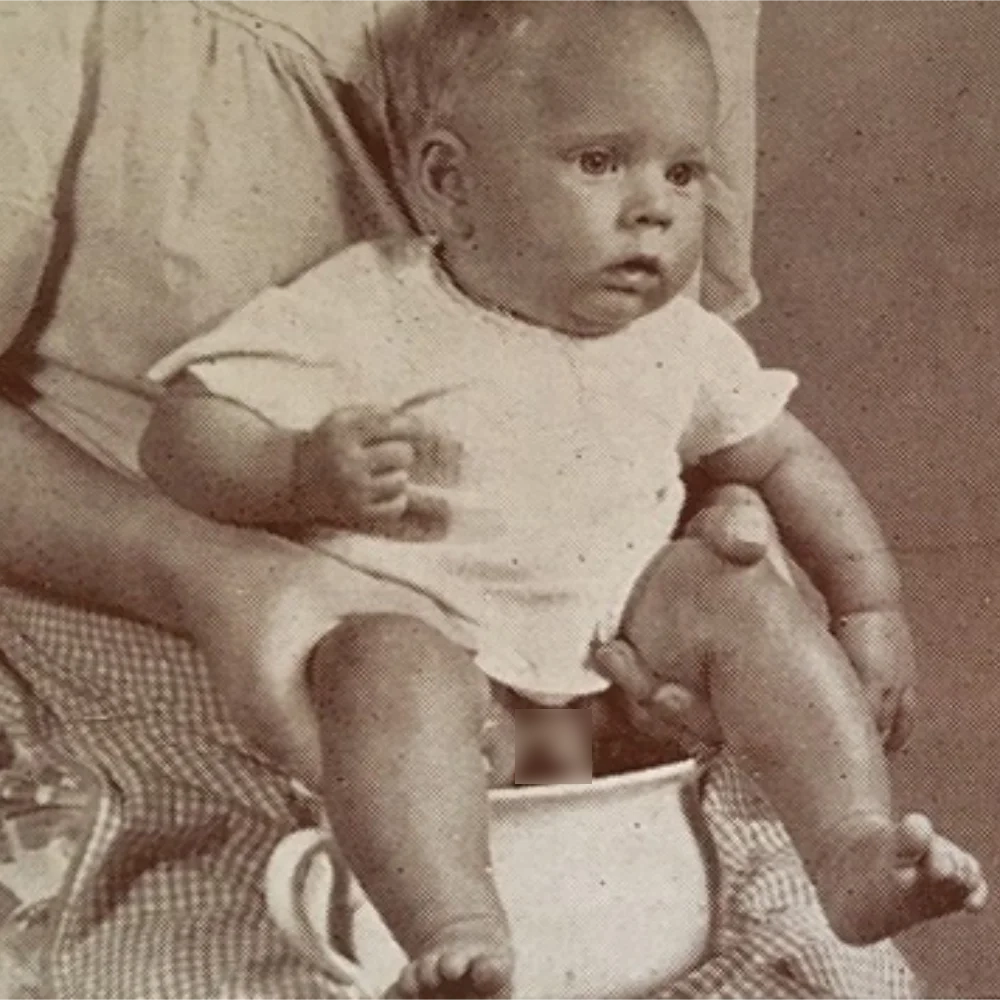
Old knowledge rediscovered
Before the invention of the plastic diaper, restraining babies was quite common. A 1914 parenting guide states:
"Rather, all attention should be paid to being there before the child gets dirty. With a little attention you will learn from the restlessness of the child to be there in time, even at night. A caring mother can do the child
completely 'house-trained' in the 3rd month".
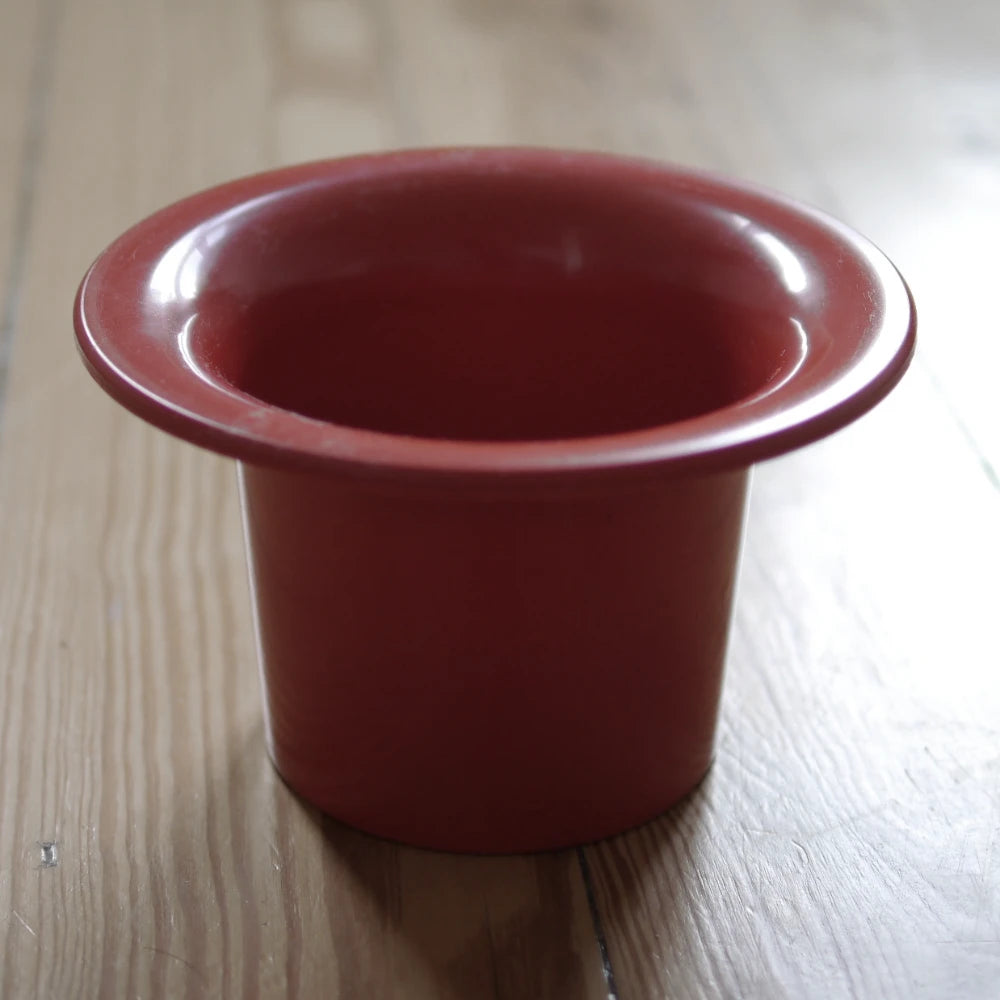
The Asia potty
It's not just primitive people who do without leak-proof diapers: Every second child worldwide is clean before the age of one.
Because diapers are not the rule in Africa, Asia, Latin America and also in Eastern Europe. Everyone there knows the "Asian potty", a vessel that is very cheap and easily available.
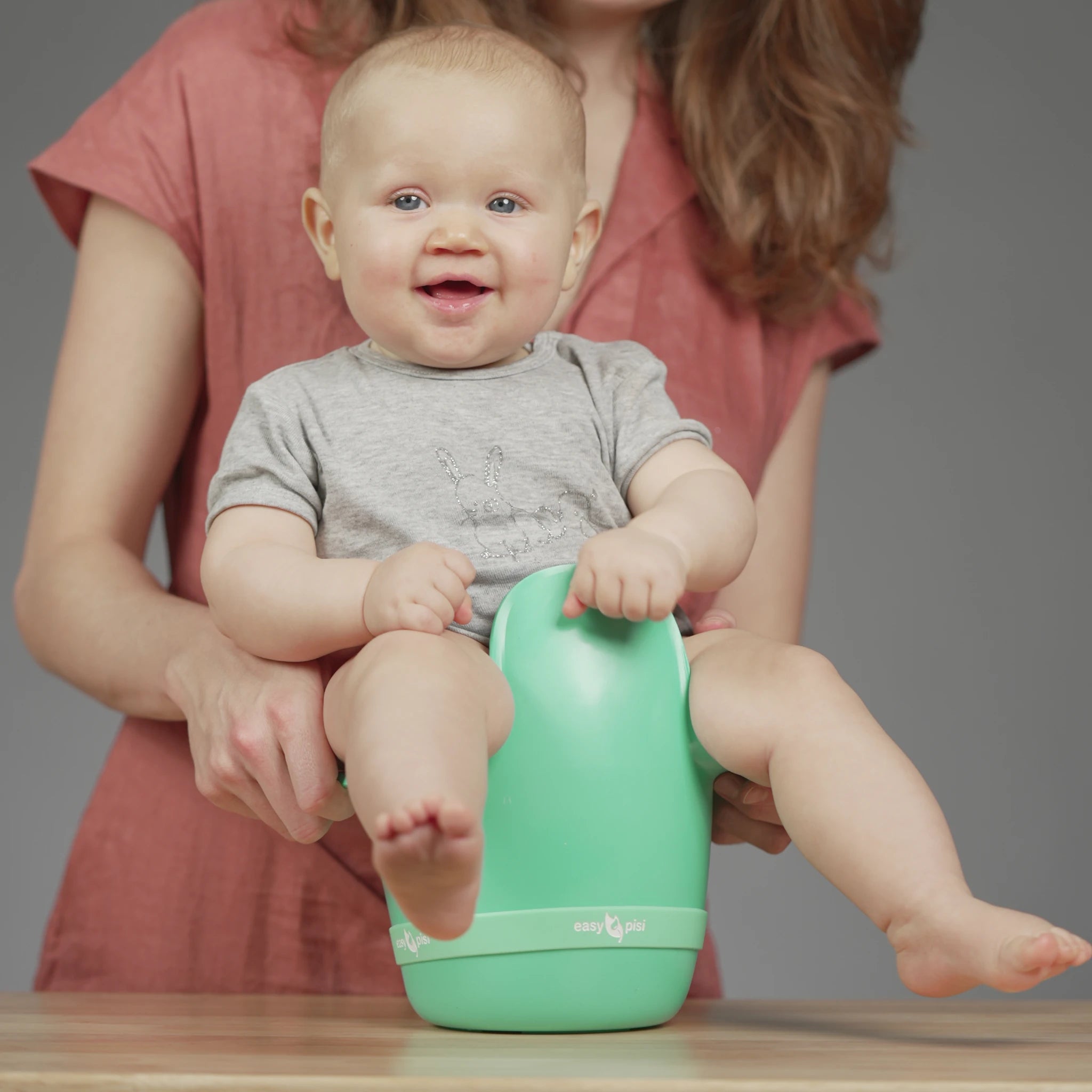
The future of the potty
The Easypisi is the further development of the simple potty and is currently the most successful means of EC-ing babies. Months of optimizing the shape have resulted in a very comfortable EC potty that fits both newborns and toddlers up to around 24 months.
Discover now

